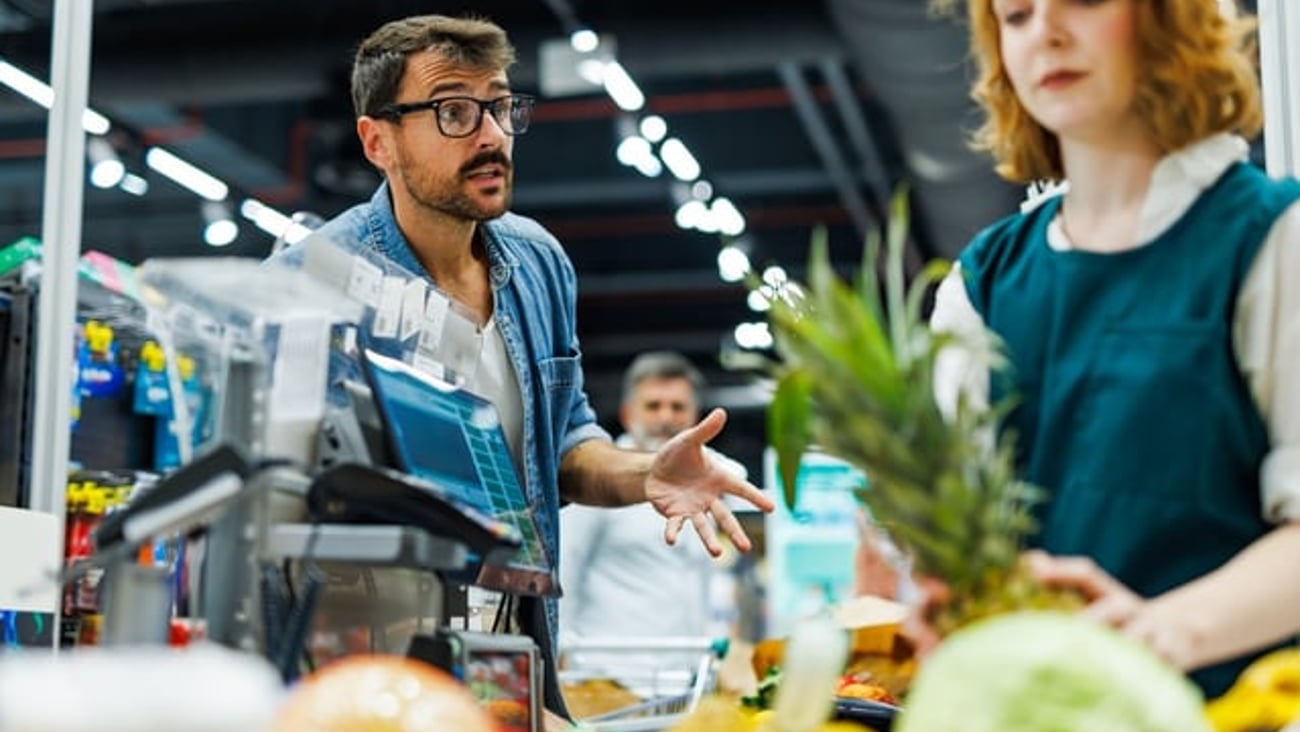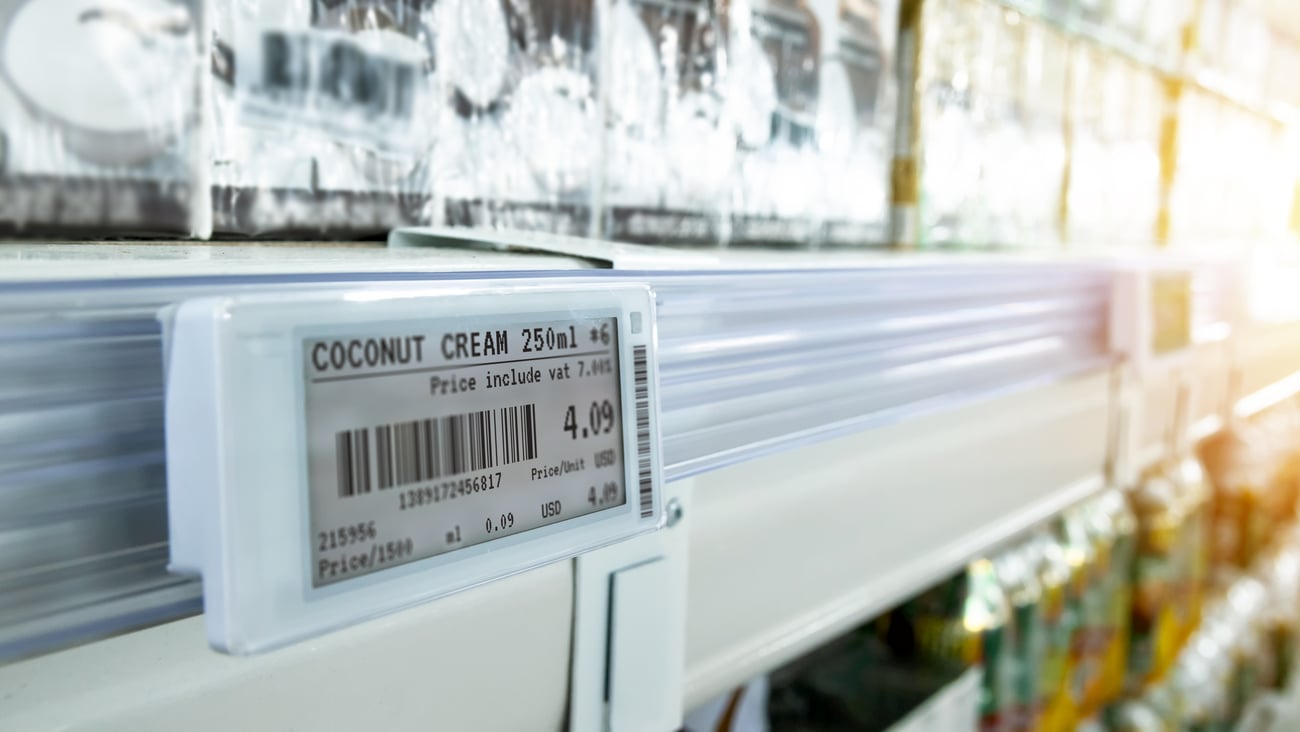We all pay for grocery theft
Grocery theft has always been a major problem, but with food inflation as it is, shopkeepers now fear the wrongdoers more than before. In December, some Ontarians visited stores in Trois-Rivières, Que. to steal $4,000 worth of meat. In Sherbrooke, Que., a man was arrested following a shoplifting incident a few days before Christmas, and two other people are still on the loose. They had stolen over $2,000 worth of groceries.
Since they got caught, these thefts were probably perpetrated by amateurs, who may have been already doing this for a while. The volume and the amounts tell us, though, that they were targeting a resale market, likely in the food service industry.
These two cases are obviously known due to media coverage. But most such incidents are handled by store management itself. Cases of grocery store theft are grossly under-reported and obtaining food theft data is extremely challenging. Most thefts are in-store, off-the-shelf, of only a few products at most, and usually thefts by people driven by desperation, negligence, or a mixture of both. The most troublesome and financially damaging incidents for grocers are those carried out by internal employees. These cases rarely make headlines, due to their sensitive nature as the optics can be embarrassing. Volume and valuation for these cases are usually more important. Theft in general in food retail is taboo. But with the food inflation rate exceeding the general inflation rate for more than a year now, the industry realizes that their theft problem is worse than before.
According to some industry data, an average-sized food retail store in Canada can have between $2,000 and $5,000 worth of groceries stolen per week. With the relatively narrow profit margins in grocery, this amount is huge. To cover losses, grocers need to raise prices, so in the end, we all pay for grocery theft.
Some stores are increasing security to prevent theft these days. There are certainly the security guards at the entrance, but there are also more and more security personnel dressed in civilian clothes, patrolling the stores all day pretending to do their shopping. It's a discreet tactic but one that is very effective.
Elsewhere in the world, certain methods are much more visible. Some stores in the United States, Europe and elsewhere have even installed anti-theft alarms directly on certain products, especially on meat cuts, cheese and confectionery. No merchant has done the same thing in Canada, at least not yet. But don't be surprised if you see these devices here in Canada at some point. Also, you can expect more cameras, more surveillance, and more security in general as your favourite grocer won’t have a choice.
The other challenge facing grocers are self-checkouts. A recent survey by the Agri-Food Analytics Lab at Dalhousie University found more than 65% of consumers now prefer to use a self-checkout with an order of fewer than 20 items. These systems are increasingly popular, but monitoring at the point of service is challenging. The technology is still not yet ready to limit theft. Limiting labour and handling required by the consumer at the exit during the self-checkout process is not easy. Using the smart cart which calculates everything automatically or a giant black box in which we put all our products at checkout and calculate everything in a few seconds can help. Canada, though, is still not there.
It was in Memphis, in 1916, where the world's first supermarket opened, the Piggly Wiggly. In this new self-service supermarket, customers were allowed to visit the aisles on their own. Like today, a customer would receive a basket and choose from the various items they wanted. That was 107 years ago, and back then, the greatest fear was indeed theft.
The more things change, the more they stay the same.





